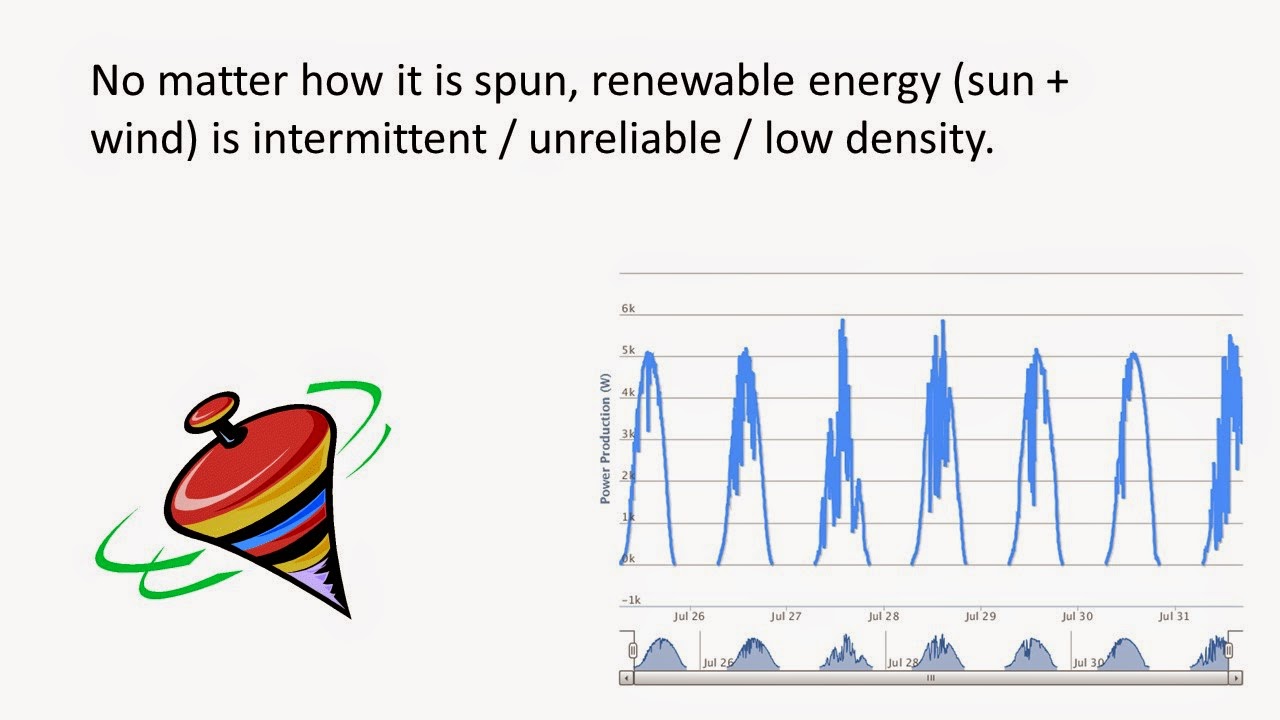The Real Green Role Models
There is lots of hype in the energy discourse. Here we present the real way selected countries are generating their electricity.
We may be surprised to find out which are the countries actually taming fossil fuels in their electricity production. These countries tend to be quiet and yet they are the real role models the rest of the world should follow. World, are you listening?
Let's start the "tour."
Note: all graphs are from the latest IEA report. A link to the full report is provided at the end of this page.
Australia: in the land of uranium, coal rules.
Canada: go, Canada, go!
Sweden: Almost paradise!
Switzerland: better than a Swiss watch! Looow carbon electricity.
UK: one year late, and one nuclear plant short.
USA: there is really nothing new to see here. Move on.
Conclusion: we can make mental exercises, scheme in a piece of paper and develop catchy slogans but actual results show who are the real green leaders (at least in the electricity sector). Let's quiet down the hype and focus on realities. Thank you.
Feel free to add to the conversation in Twitter: @luisbaram
Link to full IEA report: (click on May, 2014).
http://www.iea.org/statistics/relatedsurveys/monthlyelectricitysurvey/
Labels: electricity, energy, fossil fuels, global warming, hydro, nuclear, renewables












































